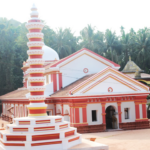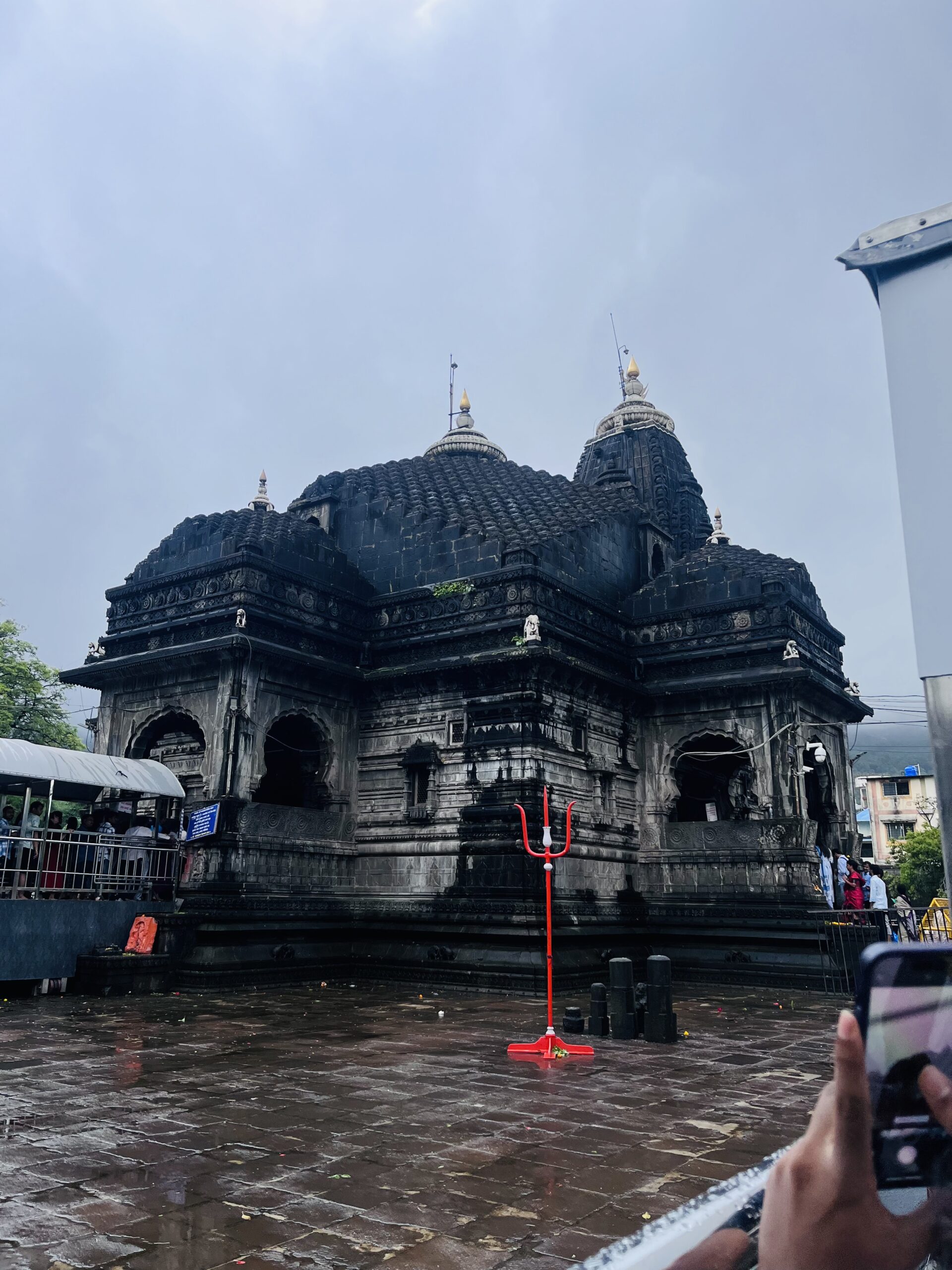The Somnath Temple, located in the Prabhas Patan area near Veraval in Gujarat, India, is one of the most revered and historically significant Hindu temples. It is dedicated to Lord Shiva and is considered the first among the twelve Jyotirlinga shrines, which are sacred to Shiva.
- Mythological Significance:
- The name Somnath means “Protector of the Moon.” According to Hindu mythology, the Moon God (Chandra) was cursed by his father-in-law Daksha Prajapati to lose his lustre. Chandra prayed to Lord Shiva for forgiveness and restoration. Pleased with his devotion, Shiva relieved him of the curse, and this site came to be known as Somnath (Lord of the Moon).
- Somnath is one of the Jyotirlingas, where Lord Shiva is believed to have manifested as a fiery column of light.
- History and Destruction:
- The Somnath Temple has a long history of destruction and reconstruction. It is said to have been rebuilt several times after being attacked by invaders. The most notable attack was by Mahmud of Ghazni in 1026 AD, when he looted the temple and destroyed it.
- Over the centuries, it faced repeated destruction by Muslim rulers like Alauddin Khilji and Aurangzeb, but it was continuously rebuilt by devotees.
- The current structure was reconstructed in 1951 under the initiative of Sardar Vallabhbhai Patel, and it stands as a symbol of resilience and faith.
- Architecture:
- The present-day Somnath Temple is built in the Chalukya style of temple architecture and is a fine example of the craftsmanship typical of that period. The temple’s Shikhara (main spire) is about 50 meters tall, and the Kalash (the peak of the spire) weighs about 10 tons.
- The temple is situated by the Arabian Sea, and an inscription on the temple wall states that there is no landmass between Somnath and the South Pole, emphasizing its strategic and spiritual location.
- Spiritual Importance:
- Somnath is considered a place where Shiva performed miracles, and it draws millions of devotees each year. Pilgrims believe that a visit to Somnath helps them attain moksha (salvation).
- It is one of the most important places of worship for followers of Shaivism.
- Somnath Trust:
- The Somnath Temple is managed by the Shree Somnath Trust, which oversees the maintenance of the temple and promotes religious and cultural activities.
- Somnath in the Mahabharata:
- The area around Somnath is said to be where Lord Krishna took his last journey. After being accidentally shot by a hunter, Krishna is believed to have left his earthly body here, and the nearby Bhalka Tirth is a pilgrimage site connected to this event.
Conclusion:
The Somnath Temple is not only a significant pilgrimage destination but also a symbol of India’s rich history and resilience. It stands as a testament to the enduring faith of Hindus and the architectural brilliance of ancient India, offering both spiritual solace and a glimpse into a storied past.













